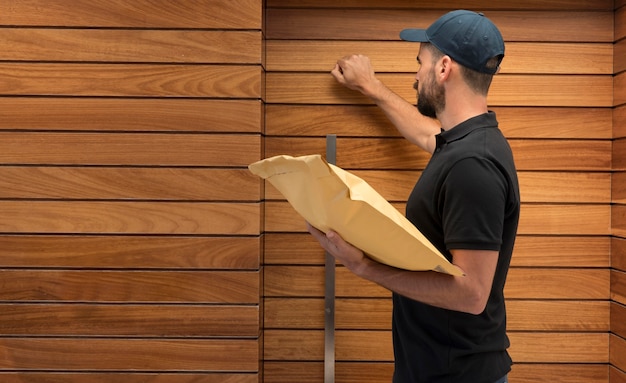Cladding panels serve as the first line of defense against the elements, adding not only protection but also aesthetic value to structures. Yet, before these transformative materials can take their place on the facade, they require meticulous preparation to ensure a seamless installation.
From assessing the integrity of the surface to optimizing the conditions for adhesion, every step is pivotal. This foundational phase involves both physical and aesthetic considerations, delving into the specifics of material compatibility, environmental factors, and even preliminary cleaning methods.
With the right approach, the installation process can flow smoothly, resulting in a durable and visually striking exterior. In this article, we will guide you through the essential steps needed to prepare cladding panels, ensuring that your project stands the test of time while elevating the beauty of your space.
Gathering Necessary Tools and Materials

Gathering necessary tools and materials is a critical first step in preparing cladding panels for installation, setting the stage for a smooth and successful process. Begin by assembling essential tools such as a power drill, level, measuring tape, and utility knife—these will be your allies in achieving precision and efficiency.
Don’t overlook safety gear—gloves, goggles, and a hard hat are must-haves, protecting you from potential hazards as you work. Furthermore, ensure you have all required materials on hand: cladding panels, fasteners, and any necessary sealants or adhesives.
Make a checklist, and as you gather each item, consider not just what you need now, but what might save you time later. A well-stocked workstation will streamline your efforts, allowing for an organized and methodical approach to the task that lies ahead.
Whether you’re a seasoned pro or a DIY enthusiast, preparing adequately will empower you to tackle your project with confidence and ease.
Cutting and Shaping the Panels
Cutting and shaping cladding panels is a crucial step that requires precision and attention to detail to ensure a seamless installation. Begin by gathering the necessary tools—a sharp utility knife, a saw designed for the material, and a measuring tape.
Measure your panels carefully, accounting for any allowances needed for expansion and contraction. When cutting, take your time; a steady hand will yield cleaner edges that enhance the overall aesthetic.
Next, consider the shapes required for corners or architectural features; this often involves intricate cuts that may require specialized techniques. Don’t rush the shaping process; every notch and angle contributes to the finished look of your installation.
As you work, periodically dry fit the panels to confirm they align perfectly, making adjustments as necessary. Ultimately, well-prepared panels not only improve the appearance of your project but also contribute to its longevity and durability.
Treating the Panels for Weather Resistance

To ensure cladding panels can withstand the rigors of the elements, treating them for weather resistance is essential. Start by selecting a high-quality sealant or wood preservative designed specifically for exterior use.
This will help guard against moisture infiltration, fungal growth, and decay. Apply the treatment in a well-ventilated area, allowing it to penetrate deeply into the material.
Pay attention to all edges and corners, as these areas are particularly vulnerable to water damage. After the initial application, a second coat may be wise, especially in regions with extreme weather fluctuations.
When finished, let the panels dry thoroughly, transforming them into robust shields ready to face rain, wind, and sun alike. Properly treated, your cladding panels won’t just enhance aesthetics—they’ll stand the test of time against nature’s unyielding forces.
Conclusion
In conclusion, preparing cladding panels before installation is a critical step that ensures both the aesthetic appeal and durability of your buildings exterior. By following a systematic approach that includes thorough cleaning, surface preparation, and appropriate cutting techniques, you can significantly enhance the performance of the panels.
Additionally, considering professional services, such as adhesive coating services, can further optimize the installation process, providing a strong, long-lasting bond. By investing time and effort into the proper preparation, you set the foundation for a successful and visually striking cladding installation that can withstand the test of time.


